1. Real-Time Adaptive Lighting
Real-time adaptive lighting uses AI and sensors to adjust lighting on the fly during a live performance. If a performer strays from a mark or the blocking changes unexpectedly, the system can instantly tweak beam directions, intensity, or color to maintain the intended look. This keeps the lighting consistent even when last-minute changes or improvisations occur. Such systems relieve human operators from constant manual adjustments, allowing them to focus on broader show control. They also enable more flexible productions, since lighting can automatically compensate for timing shifts, set changes, or unexpected effects. Overall, real-time adaptive lighting can enhance robustness and visual coherence in dynamic live events.
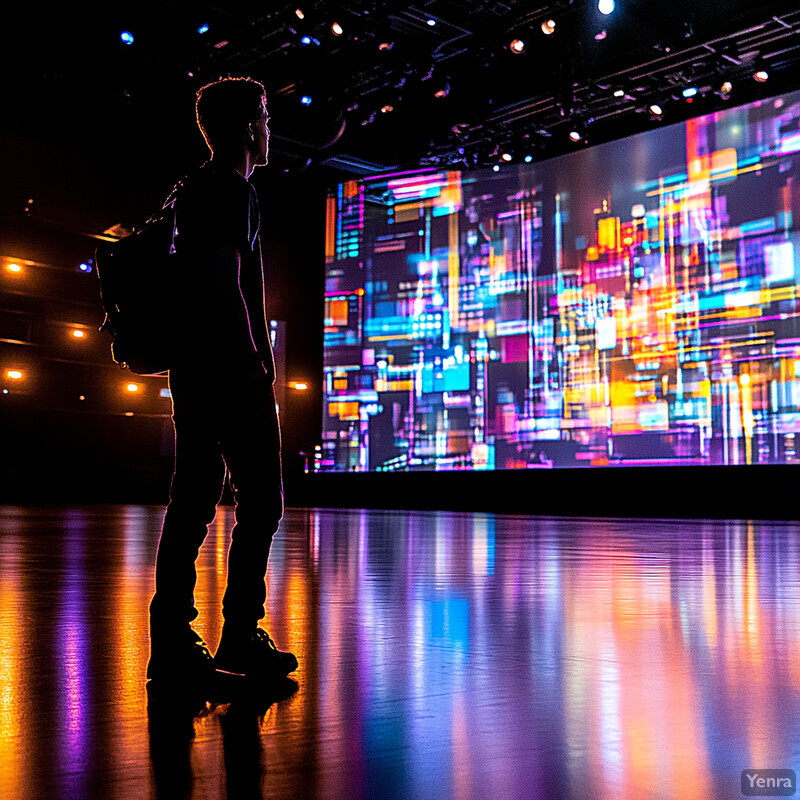
Industry reports show that AI-driven analysis can automatically detect and correct lighting issues during live broadcasts. For example, BytePlus notes that AI-powered video analytics can “detect and correct technical issues like poor lighting” in real time. This illustrates that AI algorithms can monitor a live feed, identify under- or over-exposed areas, and adjust lighting parameters on the fly. In effect, the system uses computer vision to maintain optimal illumination without human intervention. Such capabilities demonstrate AI’s potential to dynamically manage stage or broadcast lighting for consistently high-quality visuals.
2. Predictive Maintenance
Predictive maintenance uses AI to forecast equipment failures before they happen, allowing repairs to be scheduled proactively. In a lighting context, this means using data (such as lamp runtime, temperature, and usage history) to estimate when a fixture or bulb is likely to fail. By doing so, crews can replace parts during planned downtime rather than scrambling to fix a broken light mid-performance. This approach reduces unexpected outages and extends the lifespan of expensive lighting fixtures. Predictive maintenance is already common in industry and has begun to be applied in smart building lighting. For venues, it promises improved reliability and lower maintenance costs by automating wear-and-tear tracking.
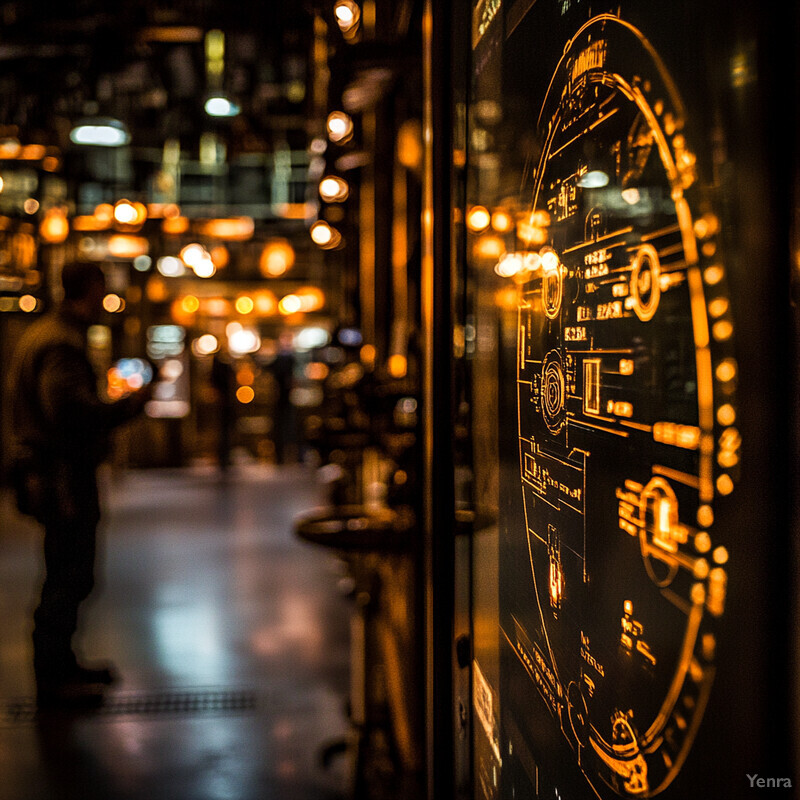
Recent work has applied AI methods to forecast lighting failures. For example, Hossini et al. (2023) built a Bayesian-network model for a smart building’s lighting system. They used manufacturer failure-rate data to predict when components would fail and to “generate statistics of the impacts of a maintenance operation” under different scenarios. Their results show that with this data-driven model, maintenance schedules can be optimized to meet quality targets while minimizing downtime. In other words, analytic models informed by fixture usage can successfully anticipate lamp or driver failures, illustrating AI’s role in planning timely repairs.
3. Dynamic Follow-Spot Tracking
Dynamic follow-spot tracking uses AI vision to keep a spotlight trained on moving performers automatically. Instead of a human operator manually aiming the light, a computer vision system recognizes performers on stage and controls pan/tilt on motorized lights. This can improve tracking precision and consistency, especially for fast or complex movements. It also allows one operator (or none) to handle multiple spots simultaneously, reducing labor. Such systems can adapt instantly if performers move off expected marks, ensuring they stay lit. The net impact is a smoother show flow and less operator workload, as AI enhances the responsiveness of follow-spot lighting.
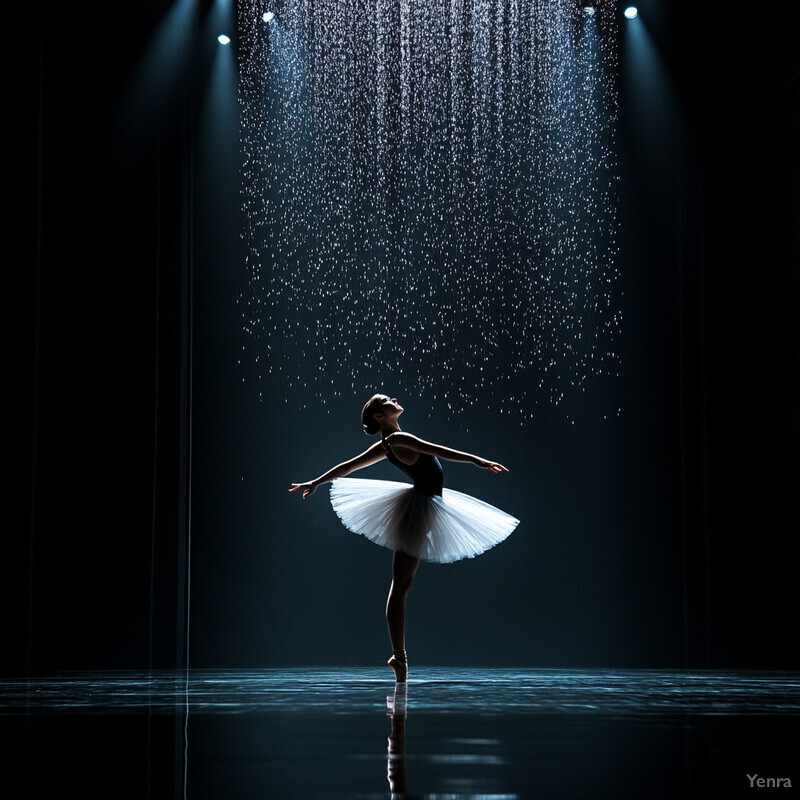
Commercial lighting equipment already offers AI-assisted tracking. For instance, A.C. Lighting’s Follow-Me 3D system provides automated performer tracking: it “is scalable [from] manually tracking from 1 to 6 performers with unlimited fixtures” in auto-tracking mode, and it can control “any brand of moving light via Art-Net, sACN & PSN”. This confirms that a live camera and AI algorithm can follow multiple people and direct any moving-head fixture accordingly. In practice, such systems eliminate the need for manual spotting, automatically guiding lights to follow performers with precision. The example shows how AI-powered vision can free crew members from labor-intensive follow-spot duties.
4. Mood-Based Lighting Suggestions
AI can analyze the emotional content of a scene (through dialogue, music, or action) and suggest lighting schemes that match the mood. For example, it might read the tone of a script line or the tempo of a score to determine if a scene is joyful, tense, or romantic, and propose warm or cool color palettes accordingly. This supports designers by offering creative options aligned with the scene’s feeling. In practice, such a tool would rapidly generate lighting ideas (colors, intensities, transitions) tuned to the narrative. The impact would be faster mood matching and experimentation, allowing even non-experts to explore emotionally appropriate lighting effects. This concept extends intelligent automation from technical cues to artistic choices.
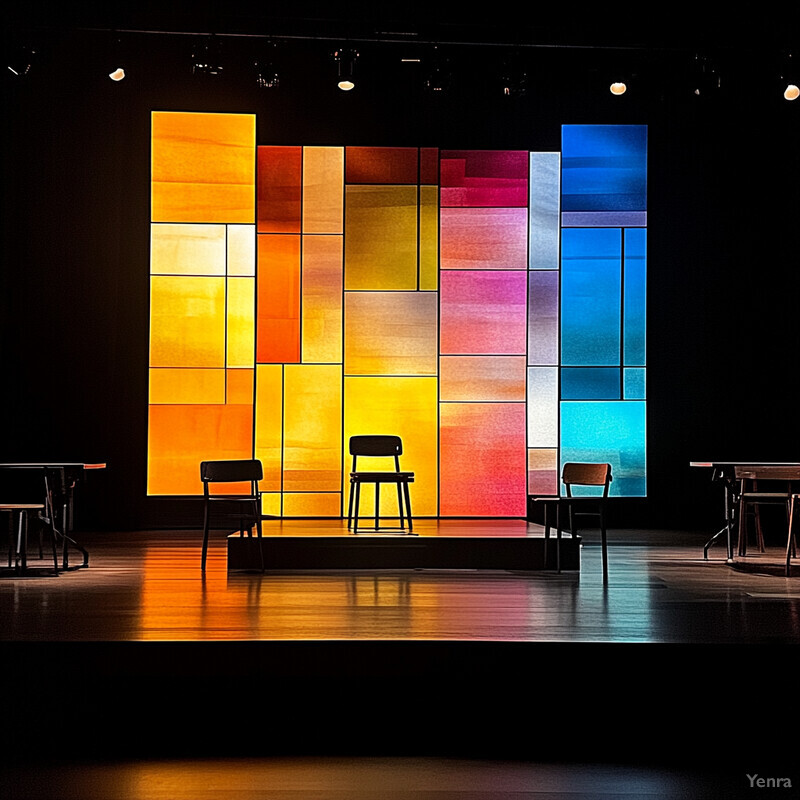
AI-driven consumer lighting products illustrate this concept. For example, a housing association magazine notes that Govee’s CogniGlow smart light series uses AI to match lighting to events or preferences. Users can ask the system to create a scene for a favorite sports team, and it “will automatically set appropriate colors” (e.g. team colors or celebration effects). This demonstrates an AI system parsing user intent or event context and generating a fitting lighting palette without manual setup. It shows the potential of mood-based color suggestions: using AI to translate an emotional or cultural theme directly into lighting choices.
5. Energy Optimization
AI can optimize energy use by managing lighting power intelligently. This involves dimming or turning off unused fixtures, and carefully mixing LEDs to achieve the same visual impact with less electricity. For example, when bright daylight enters a hall or a scene doesn’t need full illumination, the system could scale back unnecessary output automatically. Over the course of multiple shows or long runs, these small savings add up. By continuously adapting to the requirements of each cue, AI helps lighting setups meet sustainability goals while maintaining the artistic design. The result is lower operating cost and reduced environmental impact without compromising the audience experience.
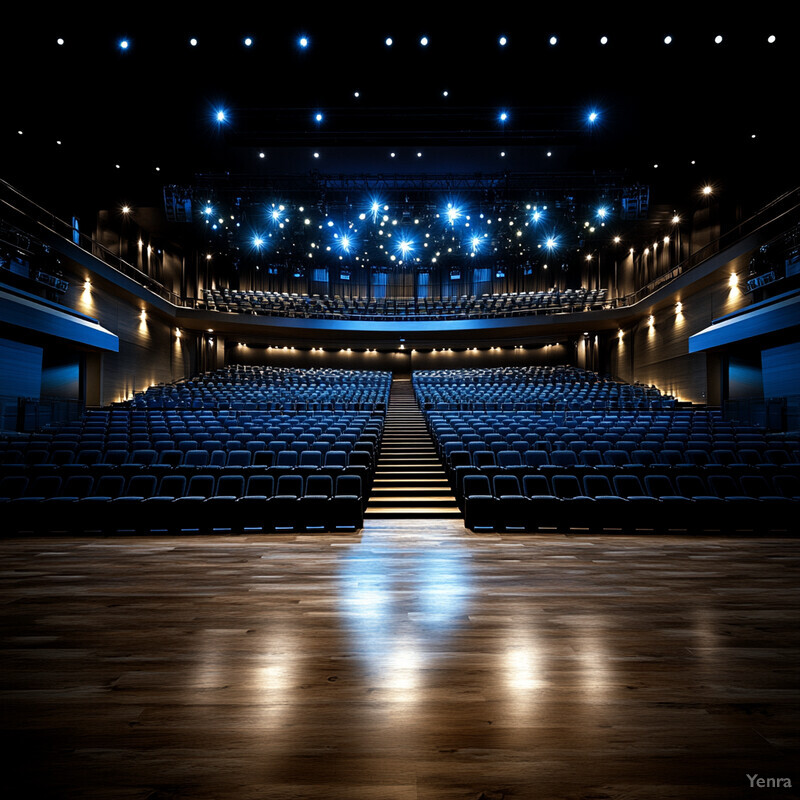
Industry estimates suggest substantial savings from AI-controlled lighting. A trade article notes that AI systems can “monitor usage patterns, dimming unneeded fixtures and managing LED color mixes to minimize energy draw” while preserving the desired brightness. Such incremental adjustments across many fixtures and shows can lead to “substantial energy and cost savings” over time. In the broader context, TIME magazine cites research estimating that AI implementations in buildings (including lighting and HVAC) could cut overall energy consumption by about 8%. These figures indicate that AI-driven lighting controls have a measurable effect on efficiency, reducing electricity use and costs in line with smart-building goals.
6. Automated Color Correction
Automated color correction uses AI or embedded algorithms to keep lighting colors consistent across fixtures. Over time or under different conditions, LEDs can drift in hue or intensity. An AI system can periodically measure the actual light output (via sensors or cameras) and adjust RGB/white channels to match a reference palette. This process ensures that all lights reproduce the designer’s chosen colors accurately. It compensates for aging bulbs, power fluctuations, or filter changes without manual recalibration. In practice, automated color correction simplifies maintenance and keeps a uniform aesthetic, so the mood and look of each scene stays true to the original design.
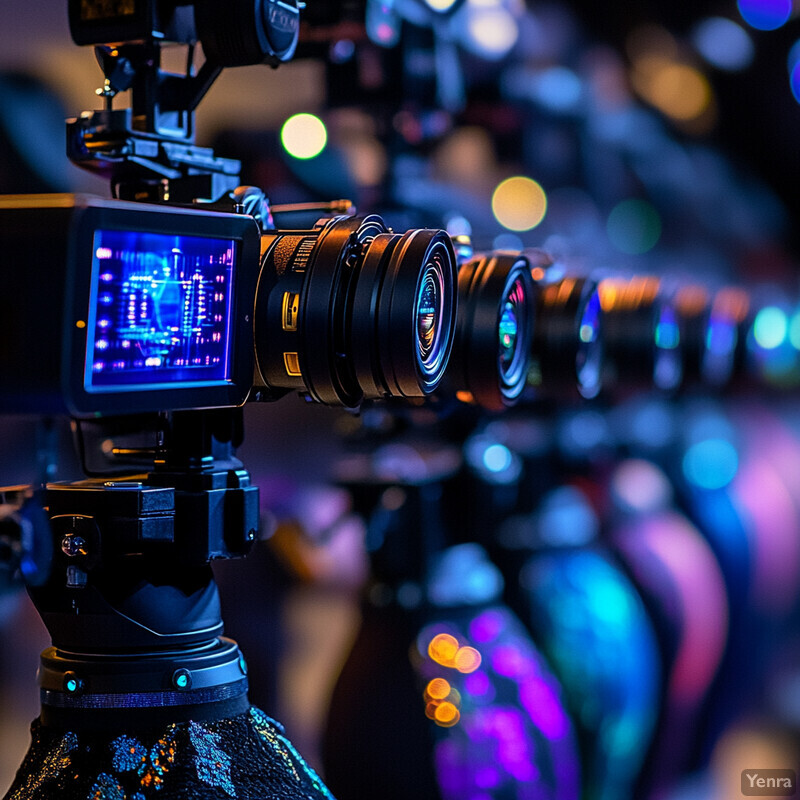
Technology for self-calibrating LEDs is already in use. For example, Robe Lighting’s MSL fixtures include an RCC (Robe Colour Calibration) system that performs internal color correction. It “provides an automatic or on-call self-re-calibration of the multi-spectral LED engine,” ensuring the output remains true to factory color settings without external tools. In industry terms, AI tools can similarly “scan and calibrate colors across multiple lighting fixtures” to preserve consistent palettes. Together, these approaches confirm that automated systems can actively maintain accurate color rendering, automatically tweaking mixed-LED intensities to counteract aging or environmental shifts.
7. Integration with IoT Sensors
By connecting to Internet of Things (IoT) devices, lighting systems become aware of environmental and occupancy factors. For example, smart thermostats, motion trackers, or wearable sensors can feed data to the lighting control. An AI platform can then adjust fixtures accordingly – dimming lights in empty areas or reducing intensity if a performer is overheating. It could also use audience tracking (e.g., via cameras or motion detectors) to keep the spotlight on where the crowd is looking. Such integration ensures lighting enhances comfort and engagement. Overall, IoT-connected lighting can automatically respond to temperature, humidity, presence, and movement, creating a more adaptive and interactive experience.
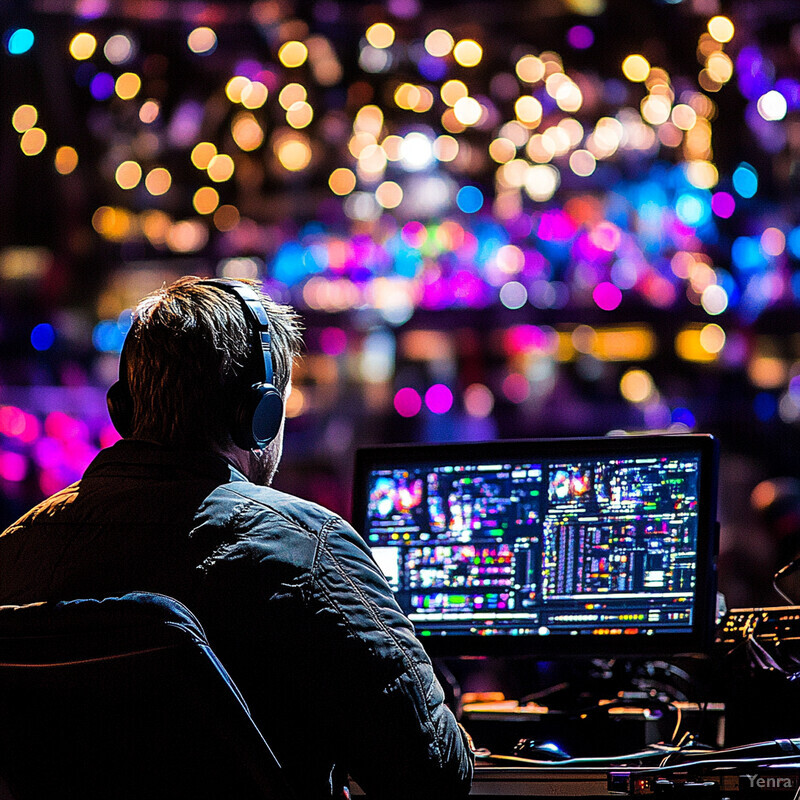
Research on smart buildings shows practical examples of sensor-driven lighting control. For instance, motion and occupancy sensors are used to dim or brighten lights based on room usage. One source explains that data from occupancy sensors “can be used to adjust lighting ... in real-time, leading to energy savings and enhanced occupant comfort”. In a stage context, lighting blogs suggest similar ideas: if a costume overheats under the lights, an AI could reduce intensity or shift to cooler colors, and if audience attention shifts, lights could re-focus on a new area. These examples illustrate how AI can leverage IoT data (like temperature and movement) to maintain performer safety and audience focus automatically.
8. Data-Driven Decision Making
Data-driven decision making uses analytics and historical data to guide lighting design and operation. AI models can analyze past show data (e.g. which cues were most effective or when lights failed) to suggest improvements. Designers might use audience feedback or energy use statistics to plan new lighting layouts. By learning from a large dataset of existing designs, AI can surface patterns and preferences that inform new decisions. This approach leads to evidence-based lighting strategies, such as choosing palettes or transitions that historically resonated with audiences. Ultimately, it shifts lighting design from intuition-based to informed by empirical results.
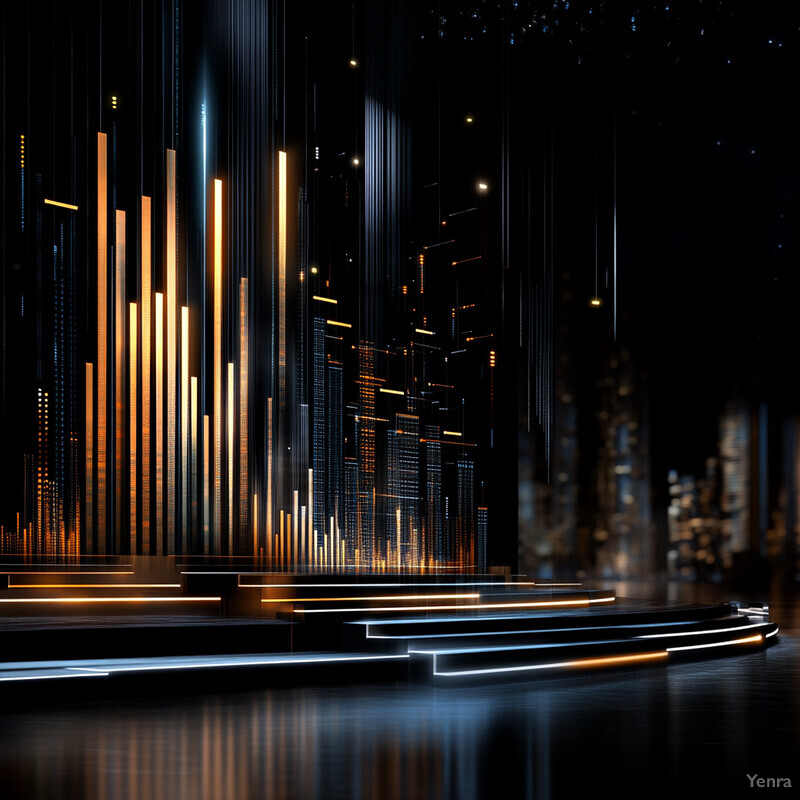
Recent research demonstrates the power of data-driven lighting design. For example, Ren et al. (2023) developed a deep learning framework trained on 6,000+ real-world lighting designs. Their system automatically generated complete lighting layouts for new interior scenes. In user studies, the AI-generated designs were preferred over rule-based outputs and were judged comparable to professional human designs. This shows that by learning from a large dataset of past designs, AI can internalize design principles and help produce high-quality lighting plans. It illustrates how data-driven models can effectively capture and apply expert knowledge in lighting layout decisions.